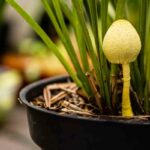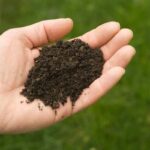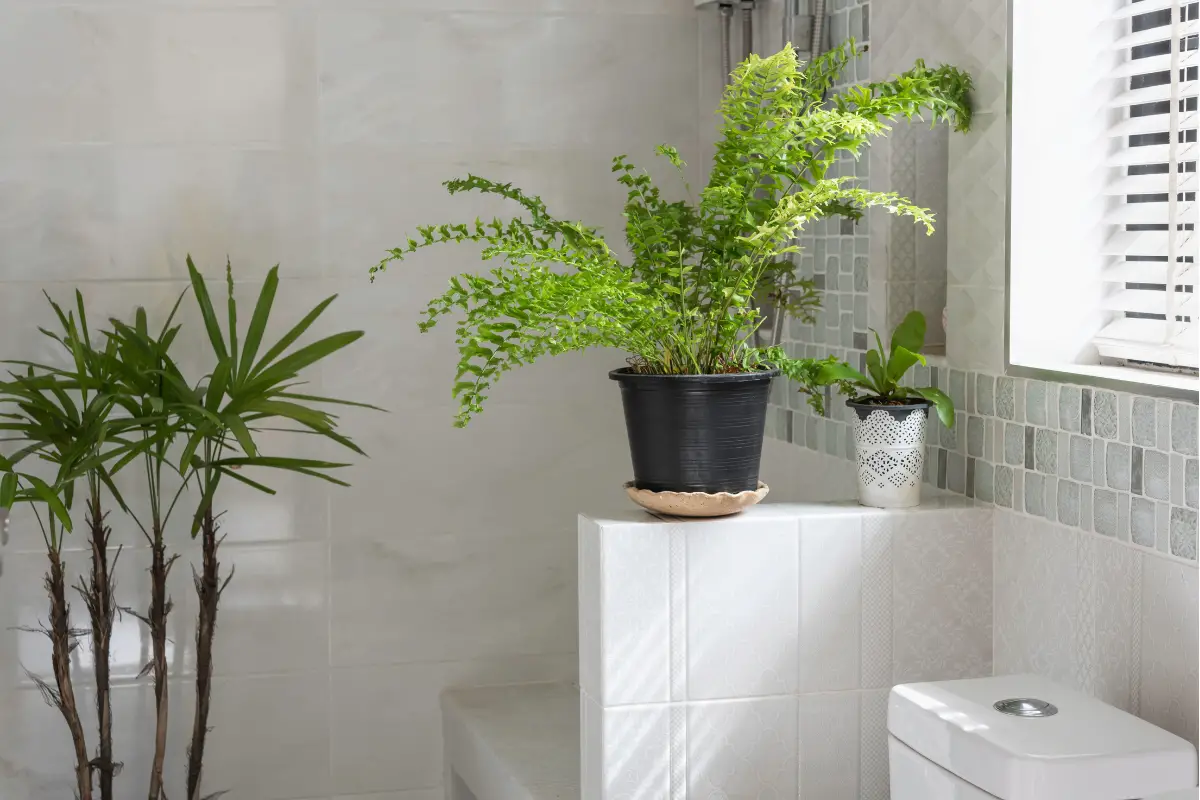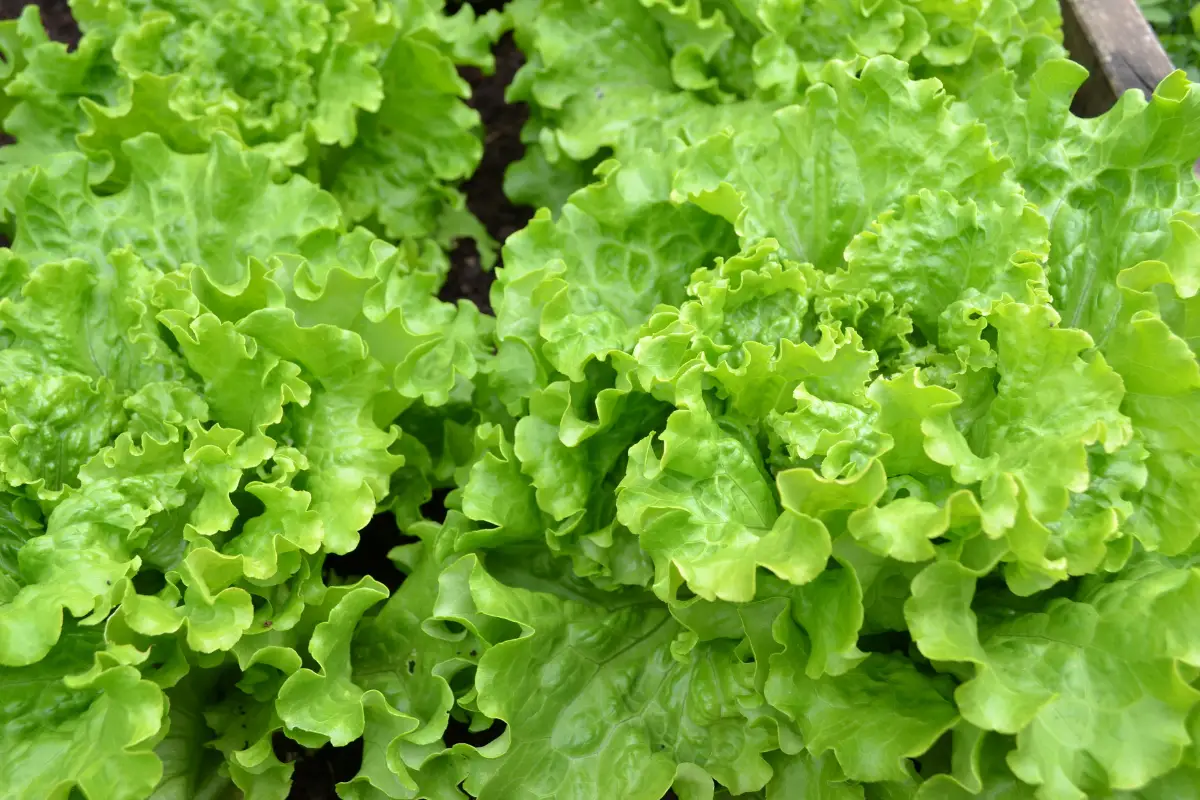There is some debate over the use of cardboard for true organic gardening, but in general, this product is considered acceptable provided that it is brown cardboard and it has minimal inks on it. All Sellotape and labels must be removed before you use them. This is considered “clean” cardboard and it is safe for organic gardening by most standards.
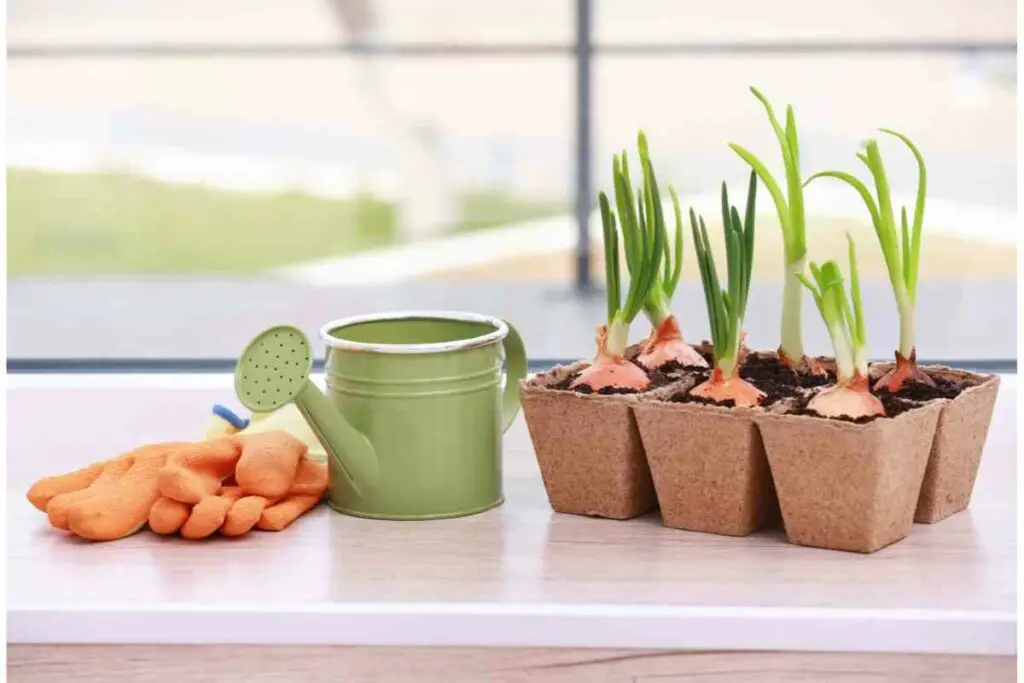
Table of Contents
Why Might Cardboard Be Unsafe?
Cardboard might seem like a benign product to you. After all, at its root, it is essentially just pulped-up wood and plant fibers.
However, cardboard then usually undergoes a lot of chemical processing. It may be sprayed, bleached, waxed, coated, and colored. It may have inks applied, glues added, and sticky tape or labels stuck on top.
All of these things can make cardboard unsafe in an organic garden because they introduce man-made chemicals to the ground, and some of these may not be good for you or your plants. Some, such as tape, will not decompose.
Some other things may be done to cardboard besides the above, so it’s a good idea to spend a bit of time assessing any cardboard that you are thinking of adding to your garden.
How has it been made and what ingredients might it include? Are you happy to have these on your soil?
How Do I Know If Cardboard Is Safe?
There are a few things to look out for when choosing cardboard. Check the following:
- You are using brown cardboard
- It is not heavily coloured with bright inks
- It has not been waxed or coated (it will have a slight sheen to it, rather than being matte, if it has been coated)
- It does not have glue, tape, or sticky labels on it
Let’s explore each of those points in more detail.
Good cardboard will usually be brown, indicating that it has not been bleached or refined too much. It will also not be covered in colorful inks.
While some inks may be harmless, you simply have no way of knowing whether ink is or is not safe for your garden, so the less ink that is on the cardboard, the better.
Admittedly, ink is printed in small quantities and will not make a huge difference, but it’s still important to consider its presence in your boxes.
A waxed or coated layer is also a bad sign because it means that there is some other ingredient on top of the cardboard. This surface could be made from anything, and it’s impossible to tell what chemicals are in it.
Waxed/coated cardboard might not decompose properly either, so avoid using it in your garden.
Next, look at what’s attached to the box. Does it have glue, tape, or sticky labels on it? If so, can you remove these?
You don’t know the ingredients of the glue, and most tapes are not biodegradable (besides paper-based tapes), so they must be removed before you put the card in your garden.
If you choose, you can tear off any bits of the cardboard that are unsuitable for organic gardening, and just add the rest.
For example, you may tear off areas that have got glue on them, but use the rest of the cardboard.
This should be fine, as long as it fits the criteria above.
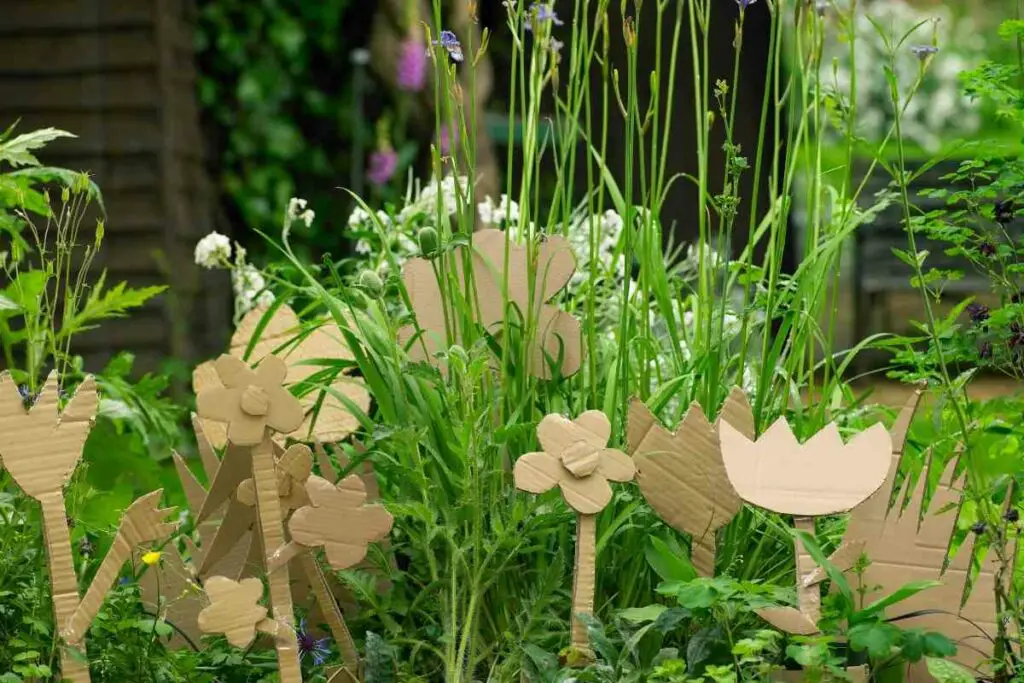
Will Cardboard Break Down In My Organic Garden?
Yes. Cardboard is made of plant products, and it will decompose just as other paper-based products do. If you add cardboard to your compost heap, it will provide a valuable source of carbon.
You can also use it to create pathways, mulch beds, create new beds, and line planters. It is a very useful substance for organic gardening, especially in terms of weed control.
Many people use a sheet of cardboard to cover up weeds, block their access to the light, and weaken them.
If you don’t want to use commercial weed control fabrics or bits of old carpet that may shed microplastics, cardboard is an excellent alternative.
As long as it fits the criteria above, the cardboard will break down beautifully in your organic garden. It is often quite slow, but this makes it useful for various projects, and you don’t have to worry about adding unnatural chemicals to your soil.
After a few weeks or months, depending on how thick your cardboard is, it will simply go soggy and start to break up. It can take a long time for thick cardboard to completely decompose, but it will eventually go back into the earth, just like any other natural product that you use in the garden.
Can I Use Cardboard For Starting Off Organic Seedlings?
Cardboard is safe for organic seedlings. You can buy cardboard planters specifically designed for this, and they will contain no inks, colors, coatings, glue, tape, etc. They are intended for garden use and will work very well.
The advantage of starting seedlings off in cardboard pots as opposed to plastic or terracotta is that you can often just transfer them to the soil without taking them out of their pot.
The cardboard will break down in the soil, feeding the plant and the surrounding area. There is no need to disturb the seedling’s roots.
Where Can I Get Cardboard?
Supermarkets are a good source of cardboard boxes, but remember to remove tape and glue, and choose the boxes with minimal amounts of ink.
Plain egg boxes are another good source of cardboard, as are the rolls from toilet paper and kitchen paper. If you want to cover large areas, however, you will need boxes.
You can also use brown mailing boxes. Again, make sure that all tape, sticky labels, and glue patches have been removed. You can just tear these off before you add the cardboard to your garden.
The plainer the cardboard, the better, so make use of anything you can find that fits the bill. Cardboard is very handy in an organic garden, so it’s worth saving up any sheets of plain cardboard that you get, even if you don’t currently have a project in mind.









